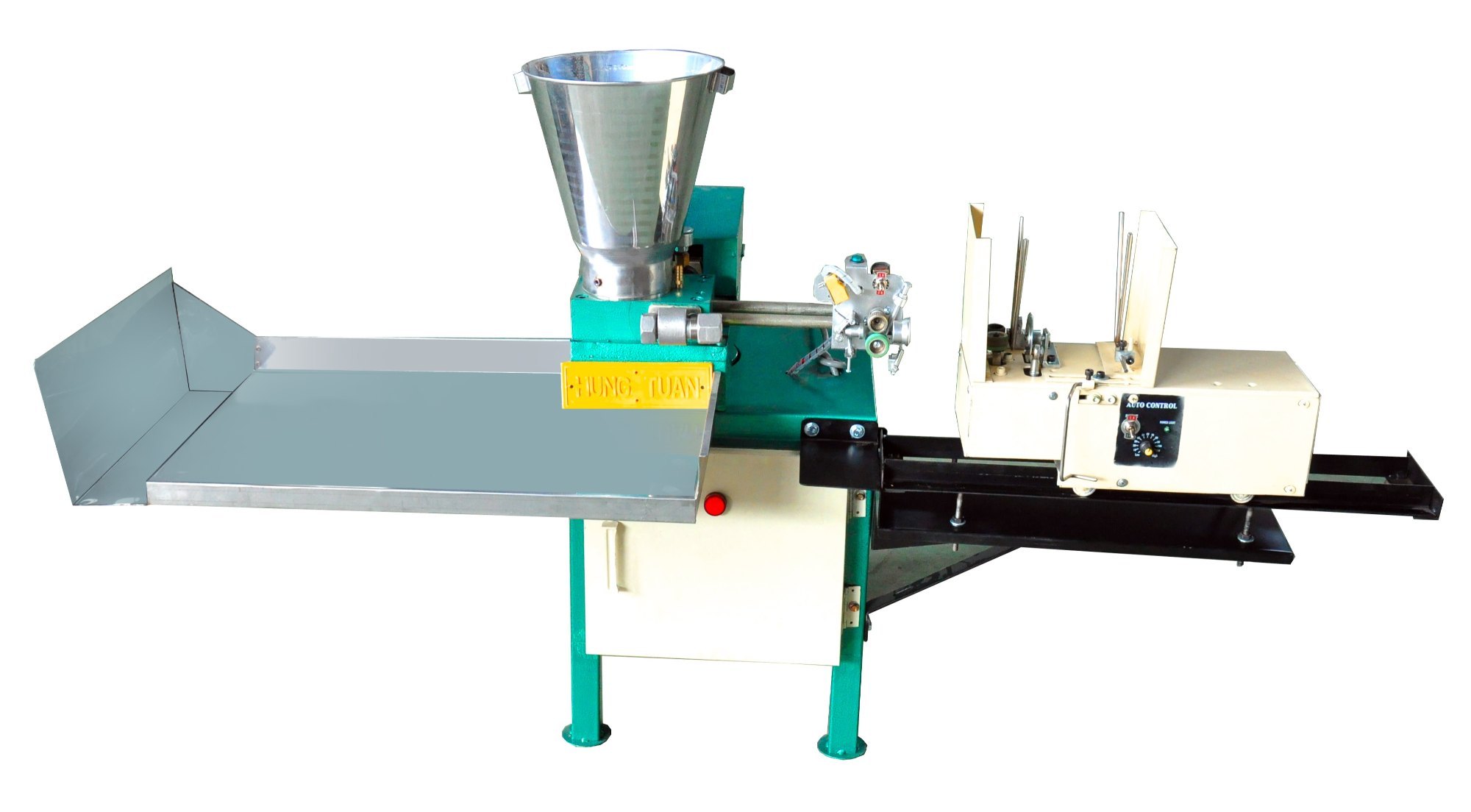Contact : +919342426468
Agarbathi Machine Manufacturing: A Comprehensive Overview
Agarbathi, commonly known as incense sticks, has been an integral part of various cultures for centuries, used in religious rituals, meditation, and as an air freshener. The manufacturing of agarbathis involves several stages, from the preparation of raw materials to the final packaging. In recent years, the industry has evolved significantly, with advanced machinery improving efficiency and consistency. This overview focuses on the key aspects of agarbathi machine manufacturing.
1. Understanding Agarbathi Production
Agarbathi production involves the preparation of a fragrant mixture, which is then applied to a bamboo stick or a core. The essential components include the base powder (often made from sawdust or charcoal), aromatic materials (such as essential oils, herbs, and resins), and binding agents. The production process can be broadly divided into mixing, rolling, drying, and packaging.
2. Types of Agarbathi Machines
The market offers various types of machines tailored to different stages of agarbathi production:
-
Mixing Machines: These are used to blend the base powder, aromatic materials, and binding agents to create a homogeneous mixture. Advanced mixing machines ensure consistency in the fragrance and texture of the agarbathi.
-
Rolling Machines: These machines apply the prepared mixture onto the bamboo sticks. There are manual and automatic rolling machines, with the latter offering higher precision and efficiency. Automatic machines can produce a large volume of agarbathis with consistent quality and thickness.
-
Drying Machines: After rolling, the agarbathis need to be dried thoroughly to ensure they burn properly and last longer. Drying machines come in various designs, including conveyor dryers and chamber dryers, which facilitate uniform drying and minimize the risk of damage.
-
Packaging Machines: Once dried, the agarbathis are packaged for distribution. Packaging machines can handle tasks such as counting, sorting, and sealing. They are designed to maintain hygiene and prevent contamination during packaging.
3. Key Features and Innovations
Modern agarbathi machines incorporate several advanced features and innovations to enhance productivity and product quality:
-
Automation: Automated machines reduce the need for manual labor, leading to higher production rates and consistent quality. Automation also helps in maintaining uniformity in the size and shape of the agarbathis.
-
Precision: Advanced machines offer precise control over various parameters, such as the amount of mixture applied and the thickness of the coating. This ensures that each agarbathi has the same burning characteristics and fragrance intensity.
-
Energy Efficiency: Modern machines are designed to be energy-efficient, reducing operational costs and environmental impact. Innovations in drying technology, such as heat recovery systems, contribute to energy savings.
-
User-Friendly Controls: Contemporary machines come with user-friendly interfaces and programmable settings, making it easier to operate and adjust the production process. This enhances flexibility and allows for quick changes in production requirements.
4. Manufacturing and Maintenance
Manufacturing agarbathi machines involves using high-quality materials and precision engineering to ensure durability and performance. Regular maintenance is crucial to keep the machines in optimal working condition. This includes routine cleaning, lubrication, and inspection of key components to prevent breakdowns and extend the machine's lifespan.
5. Market Trends and Future Prospects
The agarbathi industry is growing globally, driven by increasing demand for traditional and natural products. As consumer preferences shift towards eco-friendly and organic options, there is a rising need for machines that can handle such materials effectively. The industry is also witnessing technological advancements that further streamline production processes and enhance product quality.
In conclusion, the manufacturing of agarbathi machines is a complex process that plays a vital role in the production of this culturally significant product. The continuous evolution of technology and machinery contributes to improved efficiency, product consistency, and overall quality, catering to the diverse needs of the market.
